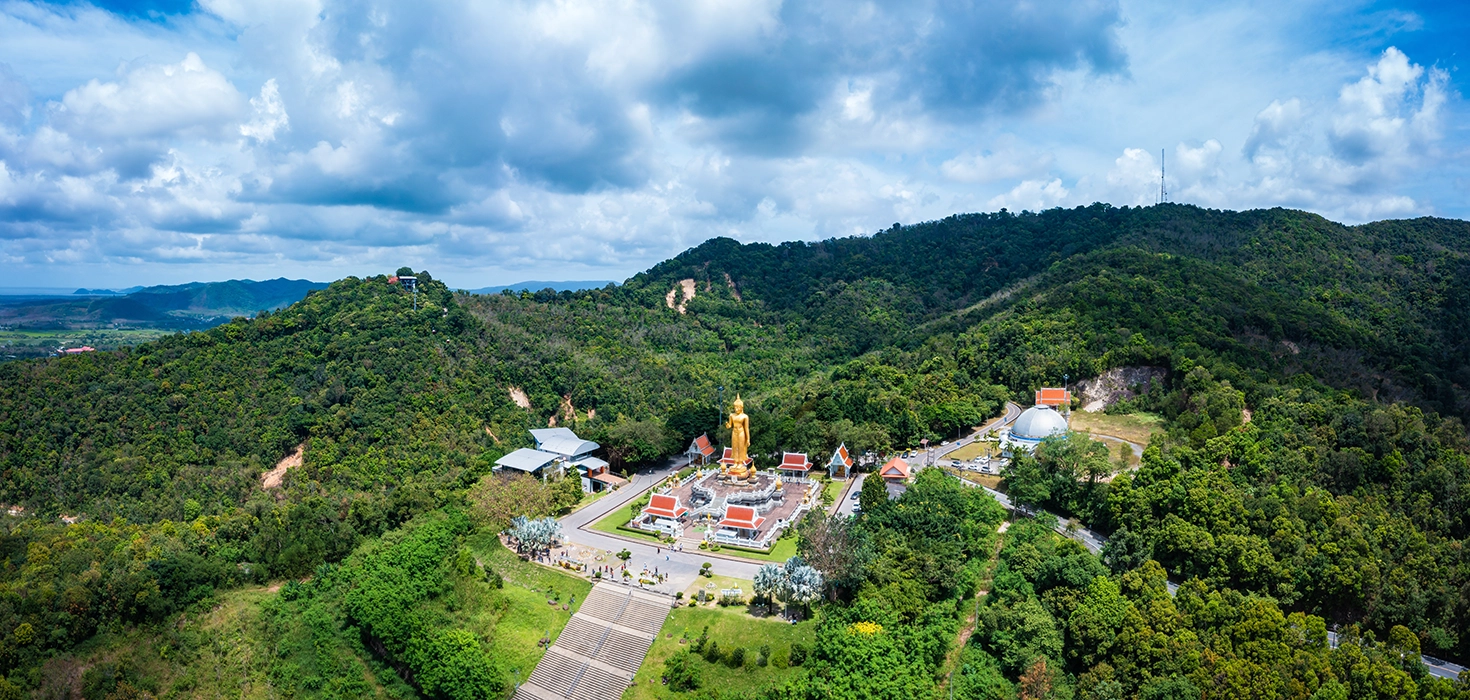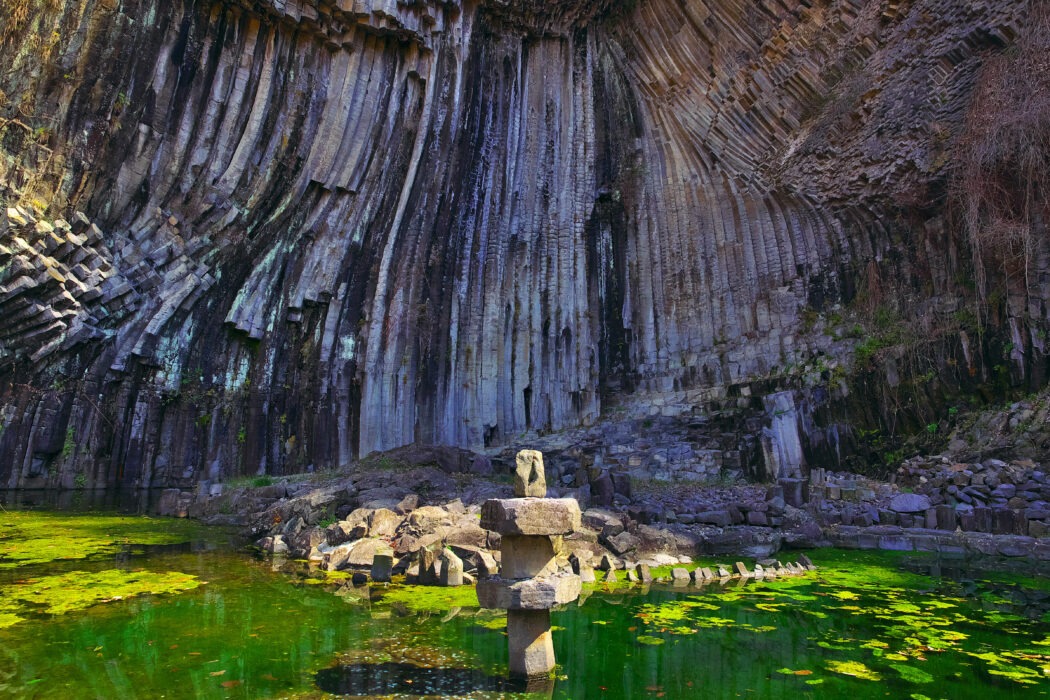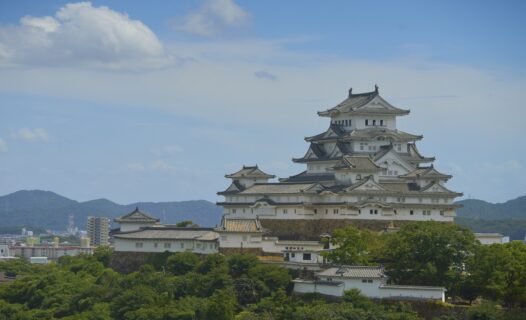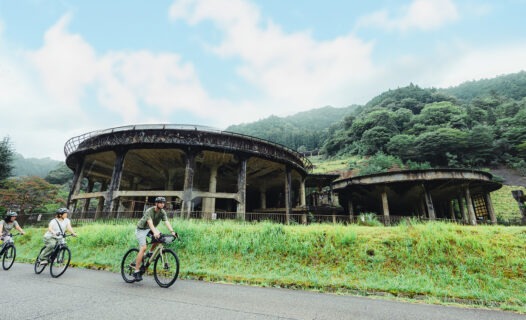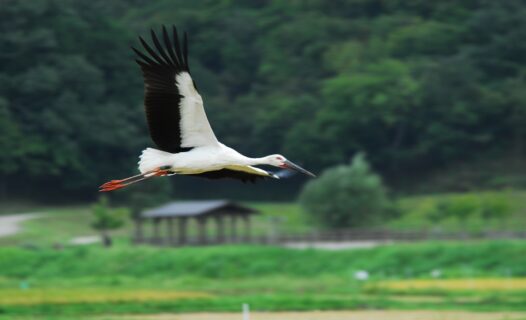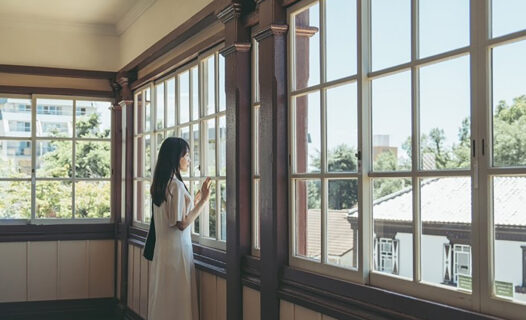Facing the Sea of Japan, the city of Toyooka in northern Hyogo Prefecture is nestled entirely within the San’in Kaigan UNESCO Global Geopark. This expansive natural wonderland features dramatic coastlines, mysterious rock formations shaped over millennia, and highlands that offer outdoor adventures year-round—an open-air gallery of Earth’s artistry.
Roughly four and a half hours away by express and bullet train, Toyooka leads to the serene islands of the Seto Inland Sea, where the Setouchi Triennale 2025 is underway. Here, contemporary artworks are quietly woven into island landscapes, their forms blending seamlessly with their surroundings.
From the awe-inspiring designs crafted by nature to the thoughtful expressions of artists shaped by their environments, this dual encounter offers a rare chance to dive deep into the richness of Japanese art and culture. This feature focuses on the captivating natural side of that journey—highlighting must-see destinations in and around Toyooka.
TOUR KOBE’S TOP ATTRACTIONS
The Crystalline Waters of Takeno Beach
Takeno Beach and Nekozaki Peninsula
Nestled within the San’in Kaigan Geopark, Takeno Beach is renowned for its exceptionally clear waters, referred to as “Takeno Blue” due to their unmatched transparency. This beach, with over a kilometer of natural white sand, is one of the most beautiful in the Kansai region, attracting numerous visitors during the summer.
Takeno Beach offers a range of water activities, including swimming, snorkeling, geo-canoeing, geo-diving, and fishing, making it a perfect destination for adventurers. For those who want to fully enjoy these experiences, an overnight stay in Takeno is best. You can continue your exploration the next day and even unwind with a visit to nearby Kinosaki Onsen or Kasumi Onsen.
Hidden Gems Only Accessible by Sea
To make the most of your San’in Kaigan Geopark adventure, the Kasumi Geo Taxi boat ride is a must-try. The tour brings you up close to the strange and beautiful rock formations and sea caves carved by the wild waves of the Sea of Japan. If you’re not a strong swimmer and simply looking for a more relaxed way to explore, the geo taxi offers an accessible way to experience these natural wonders.
The geo taxi tours come in 30-minute and 60-minute courses. Departing from Takeno Port, the guided tour takes you along the coastline to explore the stunning scenery, making stops at various natural landmarks. As capacity is limited to smaller groups, you can enjoy the intimate experience of nature in a more private setting.
Yodo Sea Cave
The first major stop on the tour is the Yodo Sea Cave, formed by constant erosion by the Sea of Japan’s rough waters. This natural arch is 24 meters wide and 13.8 meters high, with a depth of around 40 meters. The geo taxi or geo-canoes are the only way to enter the cave and explore its depths.
Seiryu Sea Cave
The highlight of the geo taxi tour is the Seiryu Sea Cave, often dubbed the “Blue Grotto” of the Sea of Japan. This secluded wonder is only accessible by sea, and navigating through the narrow waterway between towering rock walls is quite the thrill!
As you reach the inner chamber of the cave, sunlight streams down from an opening in the ceiling, illuminating the water in vibrant shades of emerald green and cobalt blue. The awe-inspiring beauty of this natural spectacle is a secret witnessed by those who venture deep into the cave.
Hasakari Rock
Among the array of idiosyncratic rock formations along the coastline, one of the most striking is Hasakari Rock. Formed when the roof of a sea cave collapsed, a massive boulder became wedged between two towering pillars of rock, seemingly defying gravity as it hangs in place. Because the rock doesn’t fall or drop, it has become a symbol of perseverance and is worshiped as a talisman for not dropping out and success in exams and other hurdles.
In addition to the geo taxi, Takeno also offers geo-canoeing and diving, allowing visitors to explore the area’s unique coastal geology and vibrant underwater life from a variety of novel perspectives.
Transport Yourself Back in Time in the Historic Town of Takeno
The townscape of Takeno
Facing the Sea of Japan, Takeno thrived as a bustling port town from17th century to 19 the century, serving as a key stop for the merchant ships of the Kitamaebune trade route. Many of the town’s traditional houses are clad in black walls of charred cedar, a technique used to protect against the salty, sand-laden coastal winds, lending the town its unique and historic atmosphere.
The streets of Takeno
The narrow, maze-like streets of Takeno have remained untouched by modern urban planning, allowing visitors to feel as if they’ve stepped back in time.
The Majestic Views of Genbudo Park
Genbudo Caves
Genbudo is an ancient cave formation created around 1.6 million years ago. Lava that flowed from a volcanic eruption cooled and solidified into striking hexagonal columns, known as columnar joints, which can be seen in five distinct caves at the historic site. Genbudo is also famous as the place where the phenomenon of reverse magnetization was first discovered, making it a site of both geological and historical significance.
Seiryudo Cave
Nearby, visitors can enjoy a scenic boat ride down the Maruyama River, which is home to a wide variety of wild birds. The river offers views only accessible by boat—if you’re lucky, you might even spot a rare stork in its natural habitat.
Mini sightseeing boat on the Maruyama River.
At the entrance to Genbudo Park, the Genbudo Museum offers exhibits on the geology of the San’in Kaigan Geopark, as well as a collection of minerals and fossils from around the world. The museum also provides a hands-on experience in Toyooka Kiryu (wicker) basket weaving, a traditional craft preserved in the region.
For lunch, visitors can try an onigiri rice ball set served in one of the locally made Toyooka baskets, available at the museum restaurant (minimum three-day advance reservation required).
Basket-weaving workshop
A Treasure Trove of Year-Round Enjoyment at the Kannabe Highlands
The Kannabe Highlands in northern Hyogo is a popular resort area, just two and a half hours from Osaka or Kobe. Known for its year-round activities, Kannabe offers a range of outdoor experiences for every season.
Nidan Falls
The unique landscape of Kannabe Highlands was shaped by the lava flows from the eruption of Mt. Kannabe, which is part of the San’in Kaigan Geopark. One of the area’s highlights is its series of waterfalls, large and small, that cascade through scenic gorges. Don’t miss out on the Volcanic Rock Trekking experience, where participants can hike over the ancient volcanic terrain.
Volcanic Rock Trekking
The trekking trails are mostly flat, making for a relaxing and enjoyable hike. Along the way, adventurers can wade through streams, swing on ropes, climb tree vines, and take advantage of the natural “playground” created by the lava flow.
Snowshoeing Tour
In winter, the Kannabe Highlands transform into a popular skiing and snowboarding destination, with three ski resorts in the area. For those looking for a more laid-back experience in the snow, snowshoeing is a great option. The local outdoor school offers guided snowshoeing tours through private, untouched areas, where you can walk on pristine snow, dive into soft powder, or simply relax and observe animal tracks. Knowledgeable local guides are also on hand to share tips and insights into the best ways to enjoy the winter wonderland.
Osaka-Kansai Expo 2025
Access from Kobe Airport to Toyooka
- International charter flights from Korea, China, and Taiwan operate from Kobe Airport. Traveling to the Toyooka area takes about 3 hours total by limousine bus and JR train.
- Take the limousine bus (~20 minutes) from Kobe Airport to the subway at Sannomiya Station, then walk about 3 minutes to JR Sannomiya Station. From there, take the limited express train to Toyooka Station, which takes about 2 hours and 15 minutes.
Access from Toyooka to Setouchi Triennale
- The gateway port for the Setouchi Triennale is Takamatsu Port, which provides convenient ferry and high-speed boat connections to the various islands.
- From JR Toyooka Station, take the limited express to Shin-Osaka Station (~2 hours 46 minutes), transfer to the Shinkansen (~44 minutes) to Okayama Station, then take the JR rapid train (~1 hour) to Takamatsu Station. Takamatsu Port is about a 10-minute walk from Takamatsu Station. Ferries and high-speed boats depart from the port to the islands.
Access from Toyooka to Osaka-Kansai Expo
- From the Toyooka area, travel to the Expo by JR and subway.
- Take the limited express from JR Toyooka Station to Osaka Station (~2 hours 40 minutes), then transfer to the JR loop line to Bentencho Station (~7 minutes). From Bentencho Station, take the subway to the terminus Yumeshima Station (~13 minutes), which is directly connected to the Osaka-Kansai Expo site (East Gate).
